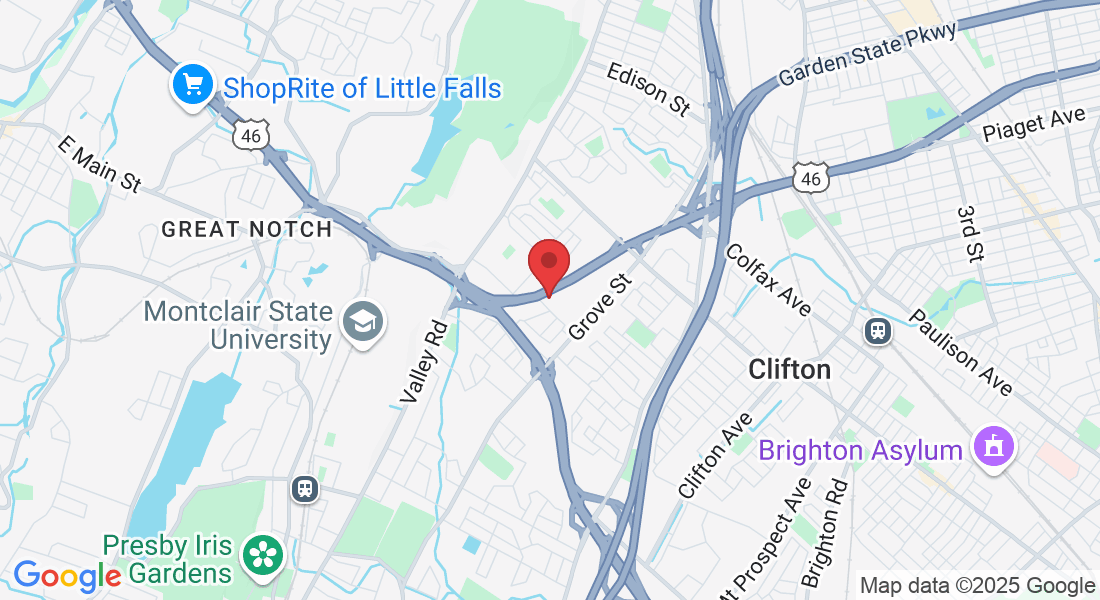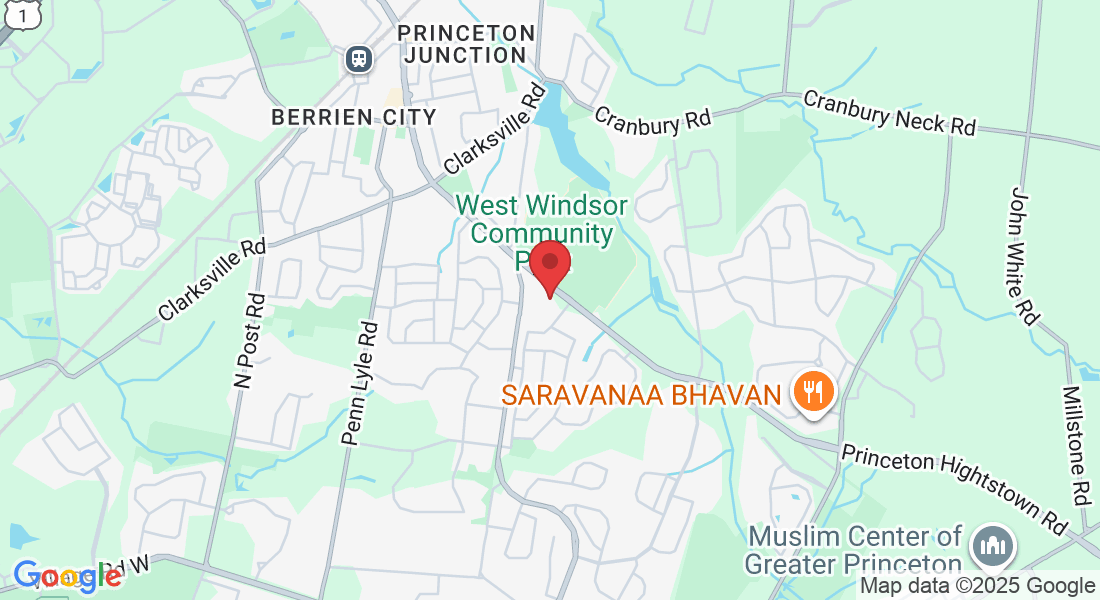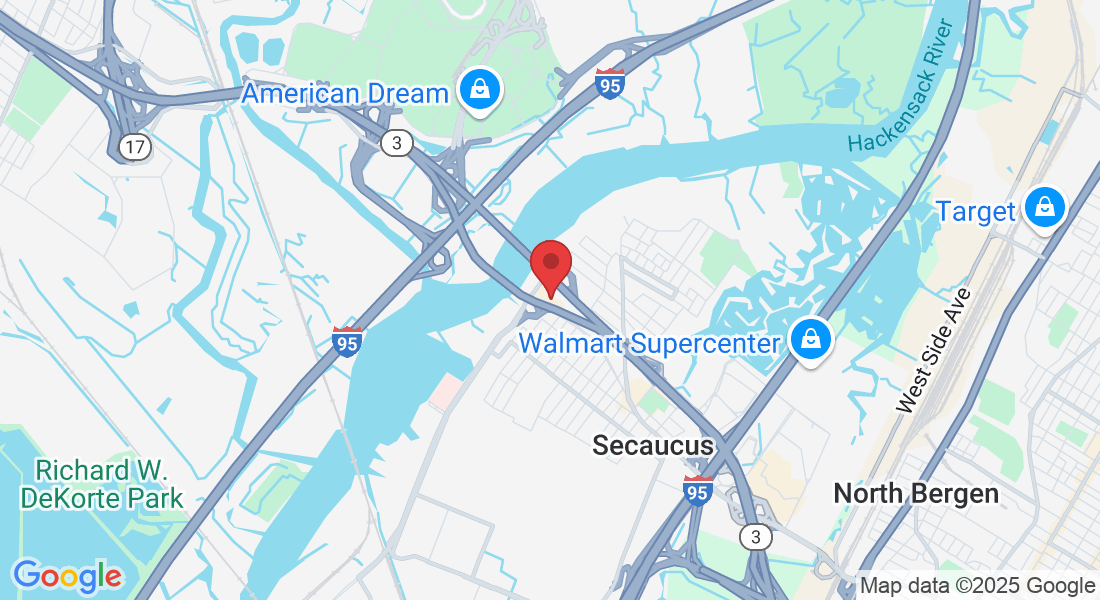Visit our Location
250 Main Street, New York
Give us a Call
+ (12) 123 - 556 - 7890
Send us a Message
Opening Hours
Mon - Friday: 8AM - 5PM
Manual Physical Therapy
Advanced Hands-On Techniques for Pain Relief & Mobility
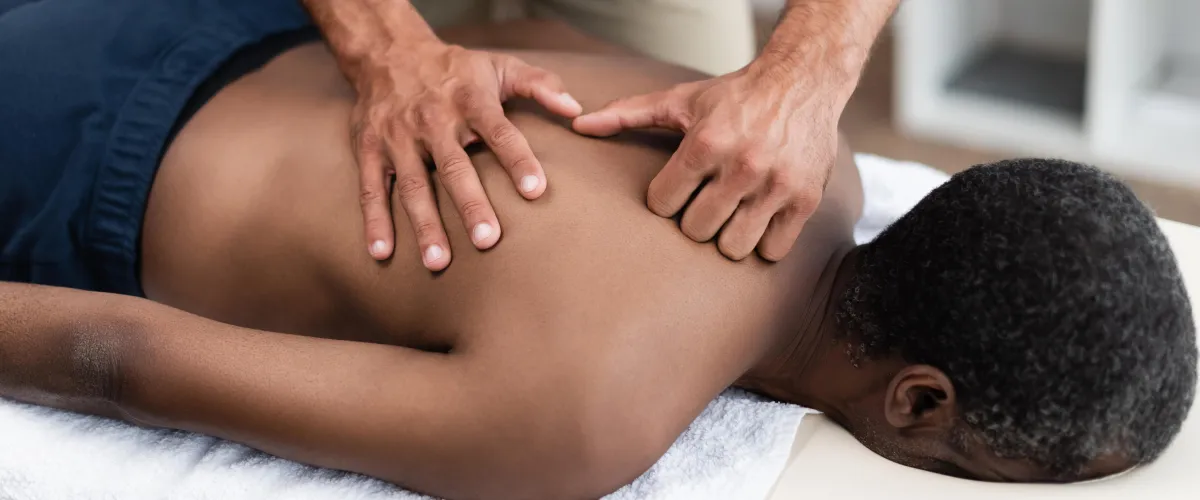
Looking for a hands-on approach that goes beyond basic physical therapy? Manual Therapy at NJ Rehab Experts offers targeted, expert techniques designed to relieve pain, improve mobility, and accelerate healing—naturally and effectively. Our specially trained manual therapists use their hands as precise therapeutic tools to address restrictions in joints, muscles, connective tissue, and nerves that contribute to pain and movement dysfunction. This isn't your average treatment. Imagine combining the precision of Mulligan Mobilizations with the posture-correcting power of the McKenzie Method, or experiencing the rapid results of specific joint mobilizations to unlock stiff joints. Add in the deep-tissue benefits of Myofascial Release and the neurological impact of neural mobilization techniques, and you've got a comprehensive system that helps you move better, recover faster, and feel your best.
What sets our approach apart is our therapists' advanced training and clinical expertise in multiple manual therapy methods. We don't apply one-size-fits-all techniques—instead, we carefully select and combine specific approaches based on your unique condition, tissue response, and progress. Whether you're an athlete, a desk worker, or simply tired of chronic pain—this is where real, lasting relief begins.
Manual Therapy Techniques
Our skilled physical therapists utilize a variety of hands-on techniques to address pain, improve mobility, and enhance healing:
Joint Mobilization
Precise, gentle movements applied to specific joints to improve mobility, reduce pain, and restore normal joint mechanics. These graded techniques help address joint restrictions while respecting the body's natural protective mechanisms.
Soft Tissue Mobilization
Targeted hands-on techniques that address muscle tension, adhesions, and trigger points to improve tissue mobility, circulation, and function. Includes various forms of therapeutic massage and instrument-assisted soft tissue mobilization.
Myofascial Release
Gentle sustained pressure applied to the fascial system to eliminate restrictions and restore mobility. This technique addresses the connective tissue network throughout the body to resolve pain and movement limitations.
Strain-Counterstrain
A gentle technique using passive positioning to relieve tender points and muscle spasms. By placing the body in positions of comfort, this approach allows the nervous system to reset and muscles to relax naturally.
Mulligan Mobilization
A specialized approach combining joint mobilization with active movement to immediately improve pain-free range of motion. This technique corrects joint position faults while reinforcing proper movement patterns.
Neural Mobilization
Gentle techniques that target the nervous system to improve nerve mobility, reduce nerve tension, and decrease pain sensitivity. Effective for conditions involving nerve entrapment, radicular symptoms, and neurogenic pain.
McKenzie Method
A comprehensive approach emphasizing active patient involvement and education to assess, treat, and prevent back, neck, and extremity problems. This method focuses on centralization of symptoms and mechanical diagnosis.
Instrument-Assisted Techniques
Specialized tools used to detect and treat soft tissue restrictions, scar tissue, and fascial adhesions. These techniques enhance the therapist's ability to address specific tissue dysfunctions with precision and effectiveness.
Benefits of Manual Therapy
Our hands-on approach provides numerous advantages for recovery and pain relief.
Immediate Pain Relief
Experience rapid reduction in pain levels through targeted hands-on techniques that address the root cause of discomfort rather than just masking symptoms.
Restored Joint Mobility
Regain freedom of movement as our specialized techniques address joint restrictions, stiffness, and biomechanical dysfunctions limiting your mobility.
Improved Tissue Healing
Enhance the body's natural healing processes through techniques that improve circulation, reduce inflammation, and optimize tissue repair after injury.
Reduced Muscle Tension
Release chronic muscle guarding, tension, and trigger points through specific soft tissue techniques that restore normal muscle tone and function.
Enhanced Neuromuscular Function
Improve the communication between your nervous system and muscles to restore proper movement patterns and motor control for optimal physical performance.
Decreased Nerve Compression
Relieve pressure on pinched nerves through specialized techniques that address the structures compressing neural tissue and reduce associated pain, numbness, and tingling.
Personalized Hands-On Care
Experience the benefits of individualized, attentive treatment that adapts to your body's unique responses and adjusts techniques based on real-time feedback.
Complementary Approach
Benefit from manual therapy as part of an integrated treatment approach that combines hands-on techniques with therapeutic exercise and education for optimal outcomes.
Frequently Asked Questions:
Q1: How is manual therapy different from massage therapy?
While both involve hands-on techniques, manual therapy is a specialized form of physical therapy performed by licensed physical therapists with advanced training. Unlike massage, which primarily addresses soft tissue, manual therapy includes joint mobilization, specific tissue targeting, and neurophysiological techniques based on clinical assessment findings. Manual therapists integrate these techniques with comprehensive rehabilitation programs focused on restoring function, not just providing temporary relief.
Q2: Is manual therapy painful?
Most manual therapy techniques are gentle and cause minimal discomfort. You may experience some tenderness during treatment of sensitive tissues, but true pain is not the goal. We work within your comfort level, using the principle of "therapeutic discomfort"—mild sensation that should not persist after treatment. Our therapists constantly communicate about pressure and sensation, adjusting techniques based on your feedback and tissue response to ensure effective treatment without unnecessary discomfort.
Q3: How quickly will I notice results from manual therapy?
Many patients experience immediate improvements in pain levels and movement quality after the first session. For acute conditions like recent joint restrictions or muscle strains, significant relief often occurs within 1-3 sessions. Chronic conditions typically require more sessions, with gradual improvement over 6-8 visits. Results vary based on your condition severity, tissue irritability, and adherence to home exercises. Each session builds on previous progress for lasting improvements rather than temporary relief.
Q4: How many manual therapy sessions will I need?
The number of sessions varies based on your condition, chronicity, and goals. Typically, acute issues might resolve in 4-6 sessions, while chronic conditions often require 8-12 visits. We establish clear treatment goals and regularly reassess progress to ensure effective, efficient care. Many patients experience significant improvement in just a few sessions, though complex conditions may benefit from ongoing periodic treatment. Your therapist will provide a personalized estimate after your initial evaluation.
Q5: Can manual therapy help conditions that haven't responded to other treatments?
Yes, manual therapy often succeeds where other approaches have failed. Its effectiveness comes from directly addressing mechanical and physiological restrictions that medications and general exercise programs might miss. By precisely targeting specific tissue dysfunctions, manual therapy can resolve the root causes of persistent symptoms. Many patients report breakthrough improvements after trying manual therapy, particularly those with complex pain patterns, movement restrictions, or multiple failed treatments in the past.
Q6: Is there scientific evidence supporting manual therapy?
Yes, substantial research supports manual therapy's effectiveness. Multiple systematic reviews and randomized controlled trials demonstrate its benefits for conditions including neck pain, low back pain, shoulder impingement, knee osteoarthritis, ankle sprains, and headaches. Research shows manual therapy can reduce pain, improve range of motion, enhance function, and decrease disability. The evidence is particularly strong when manual techniques are combined with appropriate exercise in a comprehensive treatment approach.
Q7: What conditions are most effectively treated with manual therapy?
Manual therapy particularly excels at treating joint restrictions, muscle imbalances, spinal dysfunction, nerve entrapments, headaches, post-surgical stiffness, and chronic pain conditions. It's highly effective for conditions with mechanical components like shoulder impingement, disc-related back pain, TMJ disorders, tennis/golfer's elbow, and restrictive scar tissue. Manual therapy provides significant benefits for both acute injuries and persistent conditions that haven't responded well to other interventions.
Q8: Should I continue my exercise program during manual therapy treatment?
In most cases, yes—manual therapy and exercise are complementary approaches that enhance each other's effectiveness. Manual therapy often creates a "window of opportunity" with reduced pain and improved mobility that allows for more effective exercise. Your therapist will advise you on appropriate exercise modifications during treatment and will likely prescribe specific movements to reinforce the manual techniques. This combined approach leads to better long-term outcomes than either intervention alone.RetryClaude can make mistakes. Please double-check responses.
Meet Our Team

Sunny Thakkar PT, MS ( Exercise Physiologist)
Physical Therapist
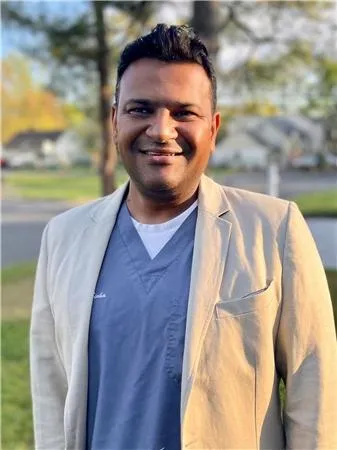
Ashish Sinha, PT, DPT
Physical Therapist
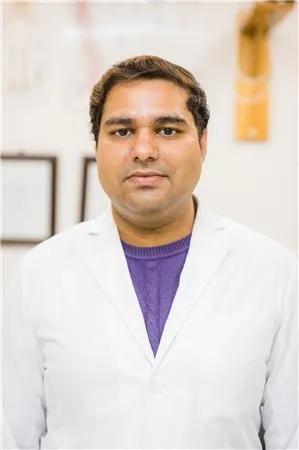
Dr. Rohit Farzala PT, DPT
Physical Therapist
No matter whether your condition was caused by a sport, work accident or otherwise, we welcome the chance to serve you.
Client Testimonials


